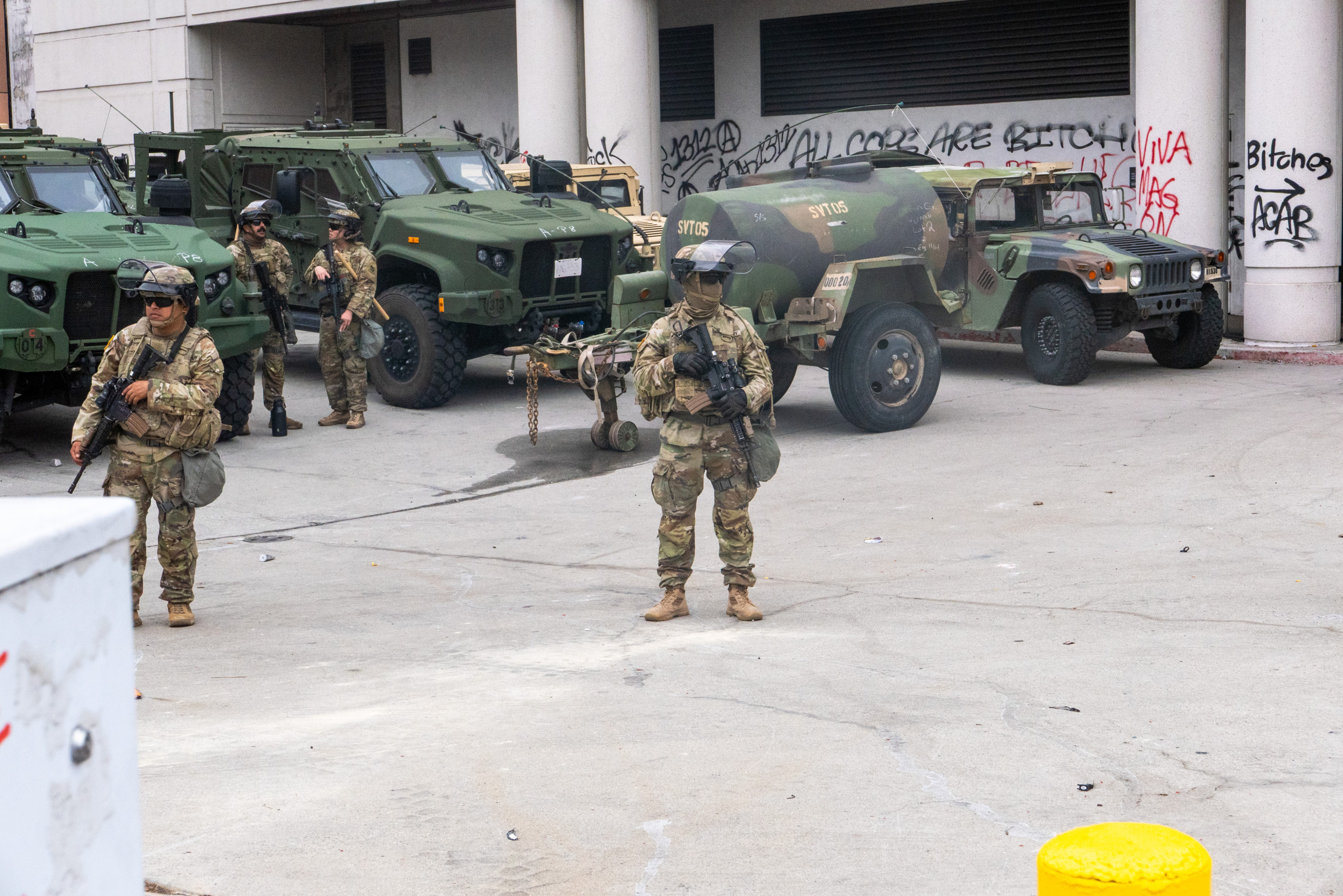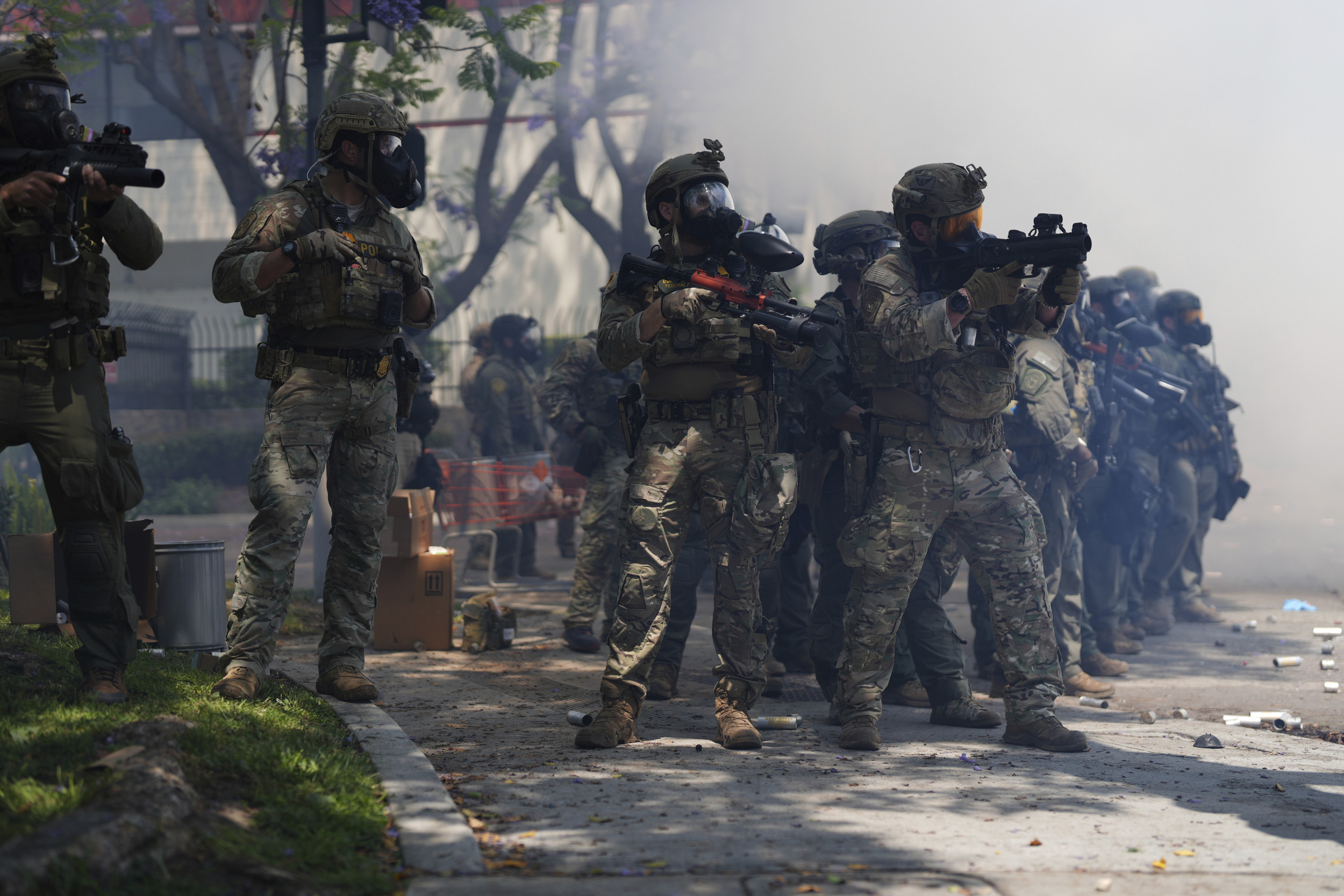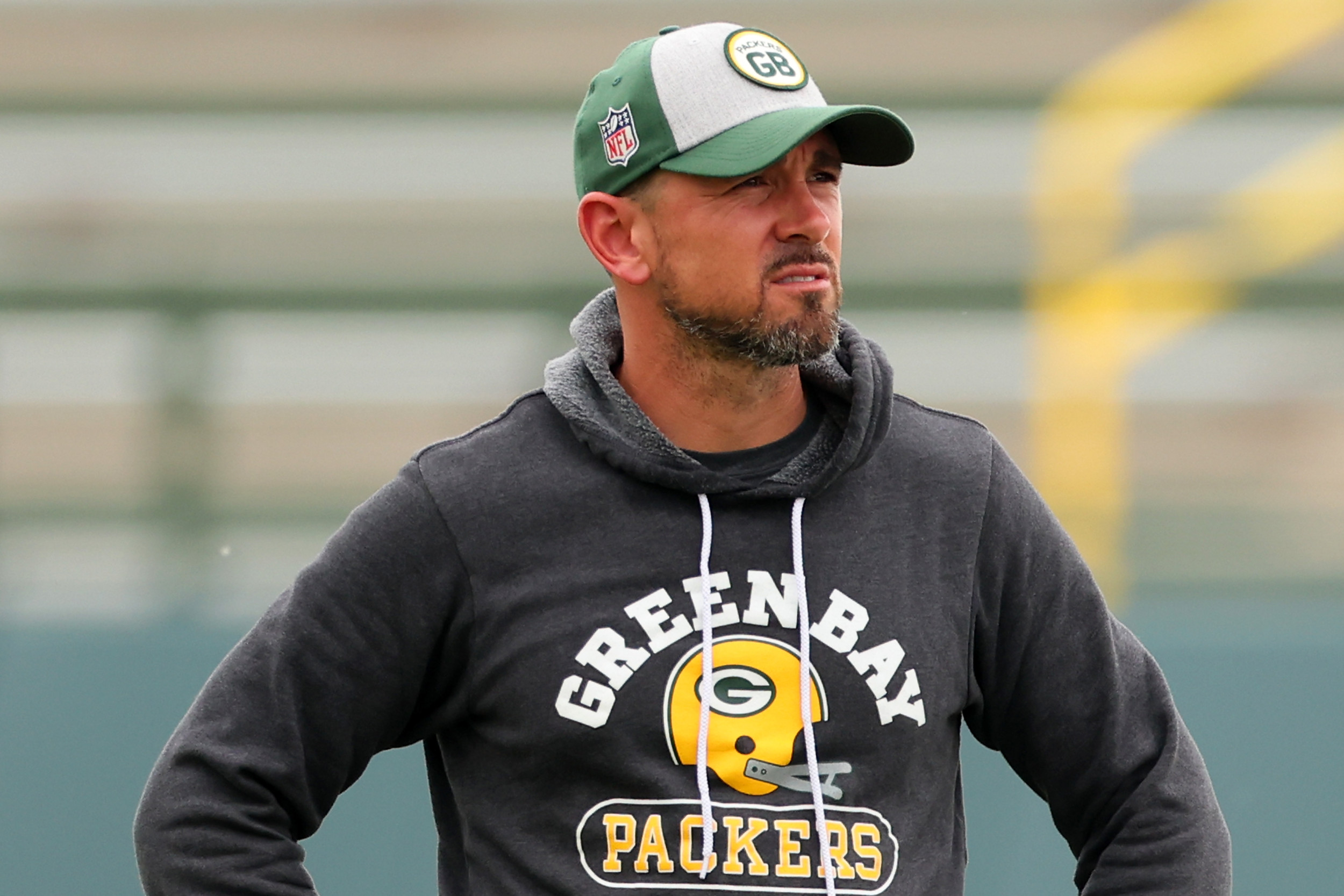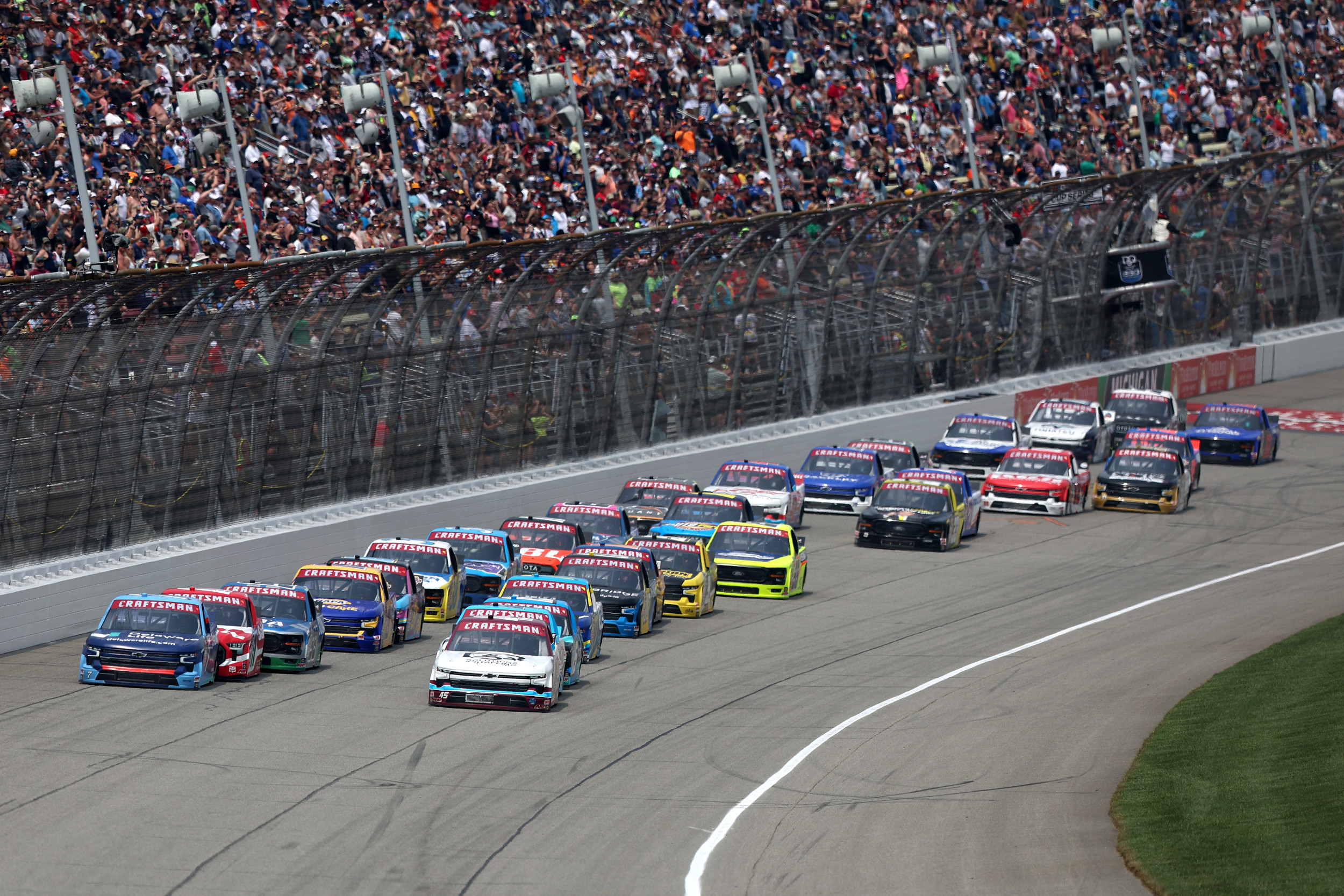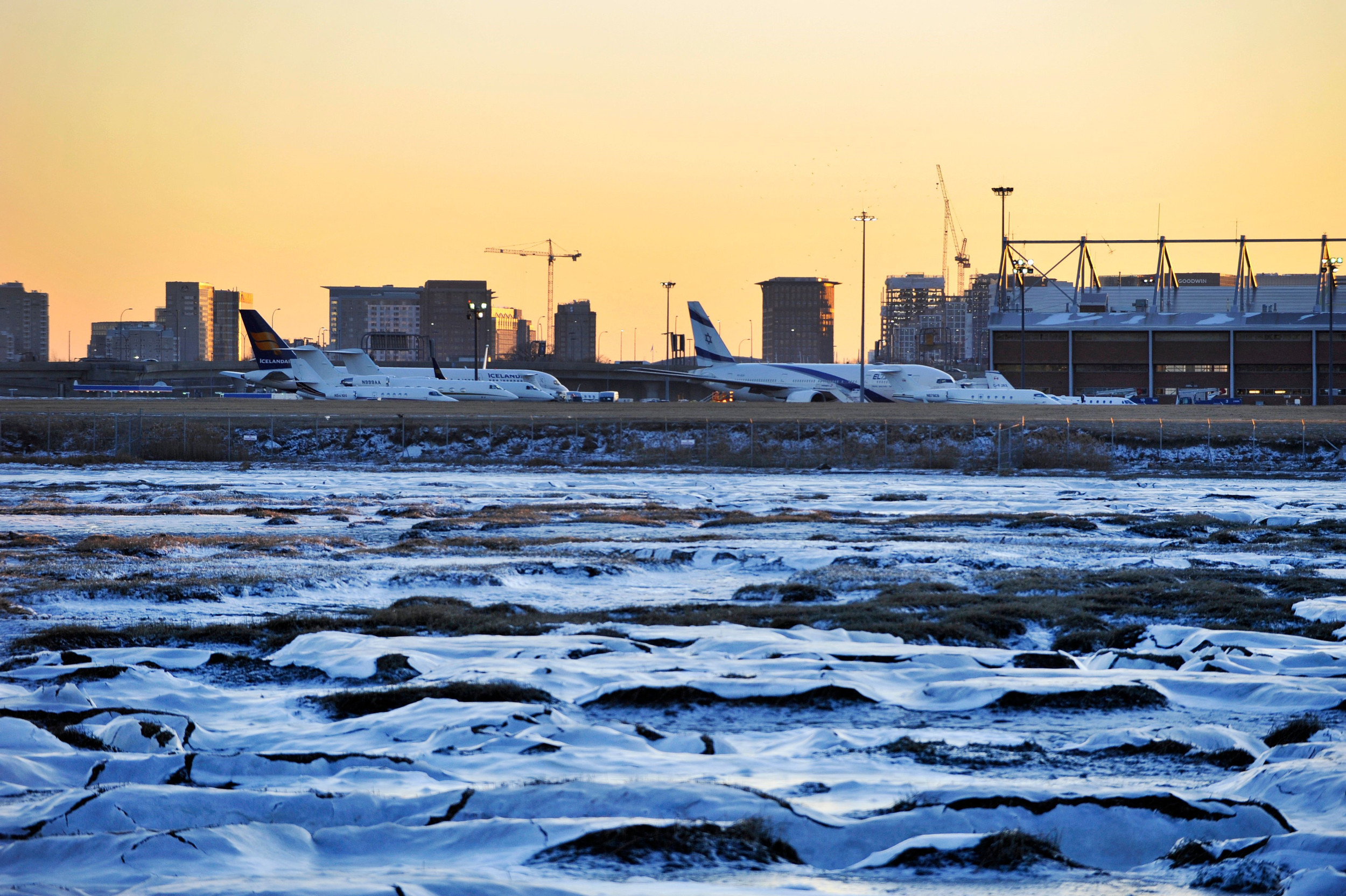
Satellites orbiting the Earth have captured the effects of a “polar vortex” on camera, as swathes of the U.S. are gripped by Arctic conditions.
One image taken by the National Environmental Satellite, Data, and Information Service (NESDIS), which operates the country’s weather satellites for various agencies, shows how a blanket of ice and snow has smothered a huge area stretching across the mid-Atlantic states.
Why It Matters
The snow creates dangerous driving conditions and may affect travel, while particularly heavy snowfall may bring down tree branches or even power lines. Residents are also put at risk from the freezing temperatures; last week, hypothermia warnings were issued for a string of states as the mercury plunged.
The misery looks set to continue, and much of the country has been warned to brace for more winter storms.

JOSEPH PREZIOSO/AFP via Getty Images
What Is a Polar Vortex?
The vortex is an enormous ring of powerful winds spinning above the North Pole.
NOAA’s website explains that: “The polar vortex is a stream of cold air that normally circles the Arctic. Normally contained by a strong jet stream, this ring of frigid arctic air can become unstable when the jet stream weakens, allowing it to spill southward.”
The satellite image is a stark visual representation of the results of the “polar vortex” weather system on the U.S., where it sparked winter storms. The photo, which can be seen below, was shared online by the National Oceanic and Atmospheric Administration (NOAA) on Saturday.
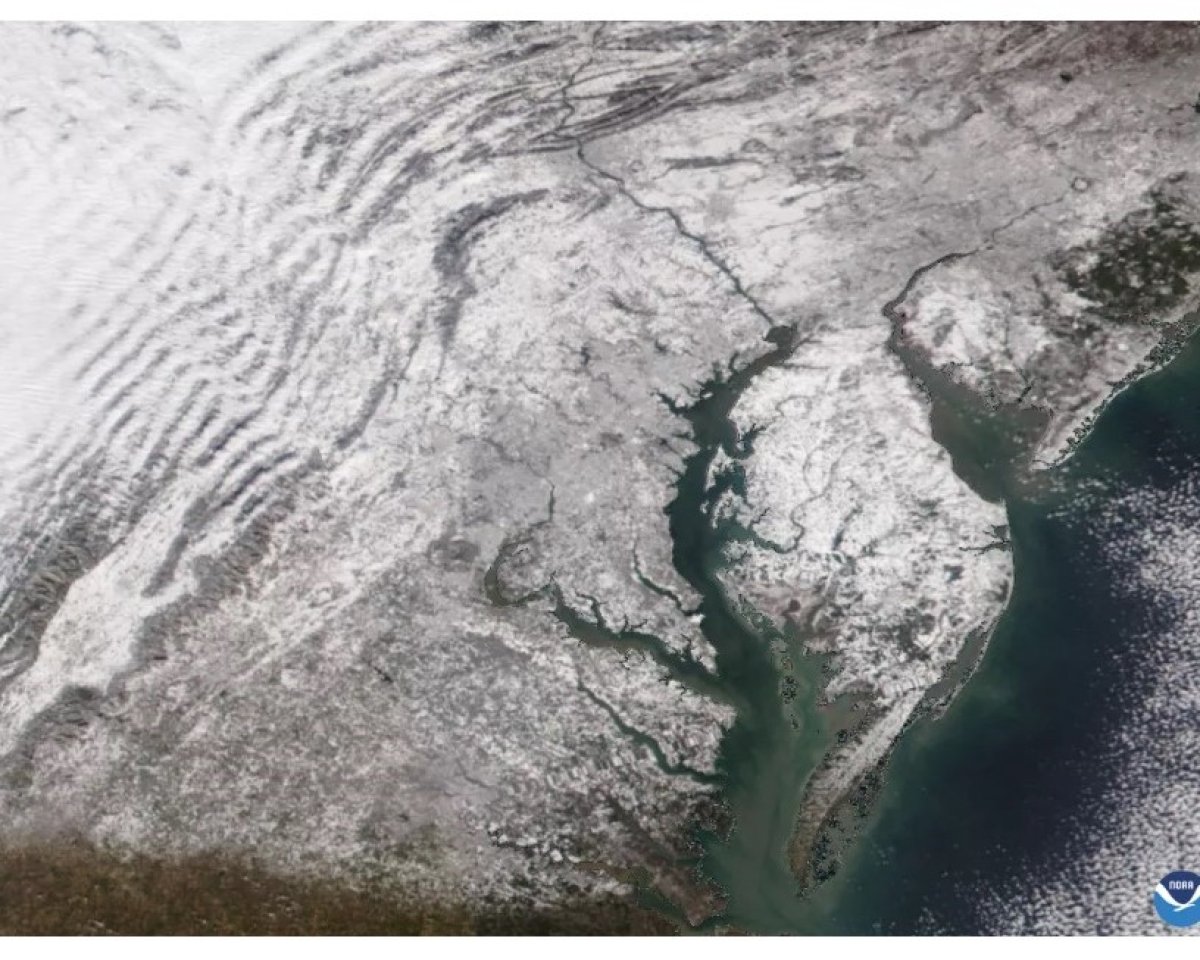
NOAA
What Happens During a Polar Vortex?
Residents on the ground experience the polar vortex as a particularly vicious winter storm. NOAA says: “During the week of Jan. 6, 2025, this phenomenon brought below-freezing temperatures to much of the United States, and fueled a winter storm that dumped snow and ice across several states[…] The storm swept across the country, bringing dangerous snow, ice, and wind to millions, disrupting flights, closing schools, and impacting several major U.S. cities.”
Is another Polar Vortex coming?
Weather forecasts for this week and beyond predict that more bitterly cold weather and winter storms are on the way as the polar vortex continues to affect millions of Americans.
What to Know
Meteorologists have warned that the polar vortex has not finished with the nation yet, with experts at the Severe Weather Europe website forecasting that the weather pattern will continue to impact the U.S. and Canada for the rest of the month.
A number of weather warnings have been put in place, as Newsweek reported last week, and forecasters have been sharing their predictions for the coming days:
What People Are Saying
Severe Weather Europe reported on January 12 that “the southern lobe of the Polar Vortex will generate a much more significant, frigid cold Arctic Blast that will graze across Canada and the United States through the second half of January. The disturbance in the Polar Vortex aloft will establish extreme cold conditions. Temperatures are forecast to plunge into a deep freeze, pushing 30-40 degrees below normal for tens of millions across the North American continent[…] Brutal cold days and locally historic low temperatures are forecast.”
The National Weather Service (NWS) posted a forecast online on January 13, saying that “another cold front, moving through the Ohio Valley this morning, will be followed by another surge of Arctic air which will reach the Midwest today and into the Mid-Atlantic and Northeast for Tuesday. The cold front will be accompanied by snow showers today across the Northeast with potential for isolated snow squalls which could result in hazardous travel from sudden reduced visibilities, gusty winds and quick minor accumulations of snow[…] Heavy lake effect snow showers are expected to develop later today as the colder air moves across the Great Lakes, with localized snowfall accumulations of 1-2 feet for isolated locations.”
What Happens Next
Americans are advised to check their local weather forecasts for the most up-to-date information, while residents and drivers should follow winter safety advice.

